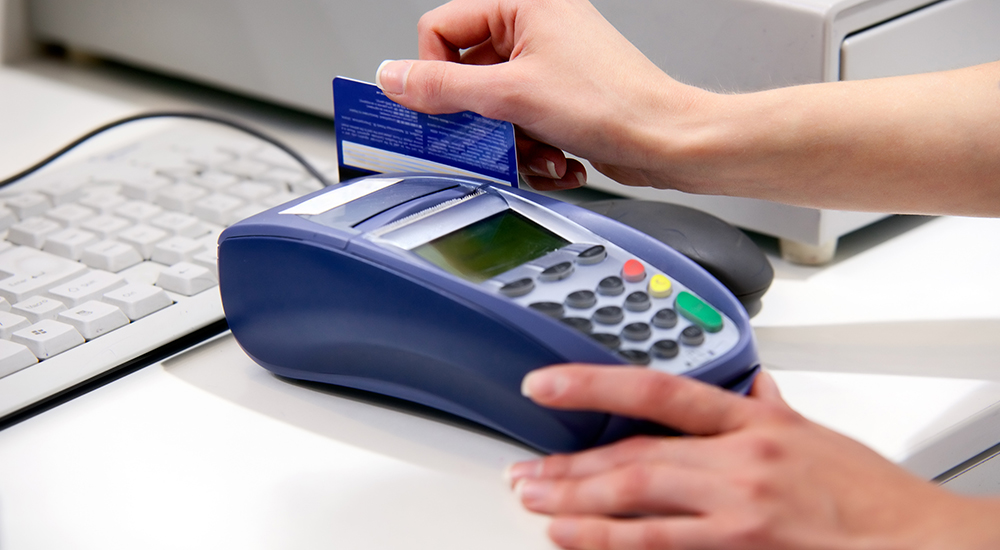Welcome to our new domain: sbical.bank. Please update your bookmarks accordingly.

9th Jul 2025Reading Time: 4 Minutes
Imagine you need cash for an unexpected bill or emergency, but all you have is your credit card, not your usual bank debit card.
No worries! You can go to an ATM, use the credit card cash advance option, and withdraw the funds you need.
However, it is not the same as using a debit card since you’re borrowing money from your credit card's cash advance limit.
A cash advance is a short-term loan that allows you to withdraw money from your credit card's cash limit instead of making a purchase. You can do this at ATMs, banks, or with convenience checks. Unlike regular debit card transactions, a cash advance on a credit card has unique terms, often making it an expensive way to access funds.
When you withdraw cash using your credit card:
The amount is deducted from your available credit card cash advance limit.
Interest begins accruing immediately, with no grace period, unlike purchases.
Additional fees apply, including bank cash advance fees and ATM withdrawal charges.
Because it functions as a loan rather than a purchase, it’s important to weigh the costs before using it.
Depending on your card issuer and financial needs, you can access cash advances in several ways:
ATM Withdrawals: The most common method, using your credit card at an ATM. Fees apply, including ATM and cash advance fees. Interest starts accruing immediately, and withdrawal limits are usually lower than your overall credit limit.
Bank Cash Advances: You can request a cash advance at your bank branch. Fees and high interest rates still apply, and some banks may have lower withdrawal limits than ATMs.
Convenience Checks: Some card issuers provide checks that tap into your cash advance limit. These come with high fees and interest, plus extra processing charges.
Cash-Like Transactions: Buying gambling chips, foreign currency, or money orders can be treated as cash advances and incur the same high fees and interest.
When you get a cash advance, you’re essentially borrowing from your credit card’s cash advance limit. This process involves immediate interest charges and transaction fees, making it different from regular purchases.
Yes. Card issuers set cash advance limits, usually lower than your total credit limit. You can find your limit in your credit card statement or online account.
Lenders consider cash advances riskier than regular purchases, so they charge higher interest rates and transaction fees to offset this risk.
Taking out a cash advance impacts your credit score because it increases your credit utilization and debt levels.
Increased Credit Utilization: A high cash advance balance raises your credit usage, which can lower your credit score.
Higher Debt Levels: Interest builds up quickly without a grace period.
Late Payments: If you don’t pay off your cash advance quickly, missed payments can hurt your credit score.
While one cash advance won’t ruin your credit, frequent use may signal financial instability to lenders.
Quick access to cash without a credit check.
Convenient in emergencies where credit cards aren’t accepted.
High fees and interest rates.
Immediate interest accrual with no grace period.
Potential negative impact on credit score.
If you find yourself relying on cash advances often, consider building a financial cushion with a savings account.
At the State Bank of India (California), we offer financial solutions to provide flexibility while helping you stay in control:
Secure and Convenient Access: Withdraw cash advances at ATMs or branches through your credit card cash limit.
Competitive Credit Card Options: Apply for cards offering reliable credit access with reasonable terms.
Smart Savings Alternatives: Build an emergency fund with a bank savings account.
Customer Support: Our team helps you understand cash advances and make informed decisions.
A cash advance on a credit card is an easy way to get cash, but comes with high costs. Interest charges start immediately, and fees plus the potential credit score impact mean it should be a last resort.
If you need fast cash, look into alternatives like a savings account or a personal loan. And if you do use a cash advance, pay it off quickly to reduce interest charges.

Manage all your payments in one place with SBIC Bill Pay. Schedule, track, and expedite payments for rent, utilities, and more—secure, fast, and hassle-free.

Start saving for retirement with competitive rates and tax benefits. Choose a Traditional or Roth IRA and grow your wealth with confidence. Visit us today to open your account!

Get the best value for your money with our reliable and up-to-date exchange rates. Whether you’re traveling or transferring funds internationally, we offer competitive rates for seamless global transactions.

Earn more on your savings with a SBIC Certificate of Deposit (CD) bank account. Get fixed returns, competitive rates, and zero market risk. Open a CD bank account today and maximize your earnings safely!
Copyright © State Bank of India, California 2025, All Rights Reserved.